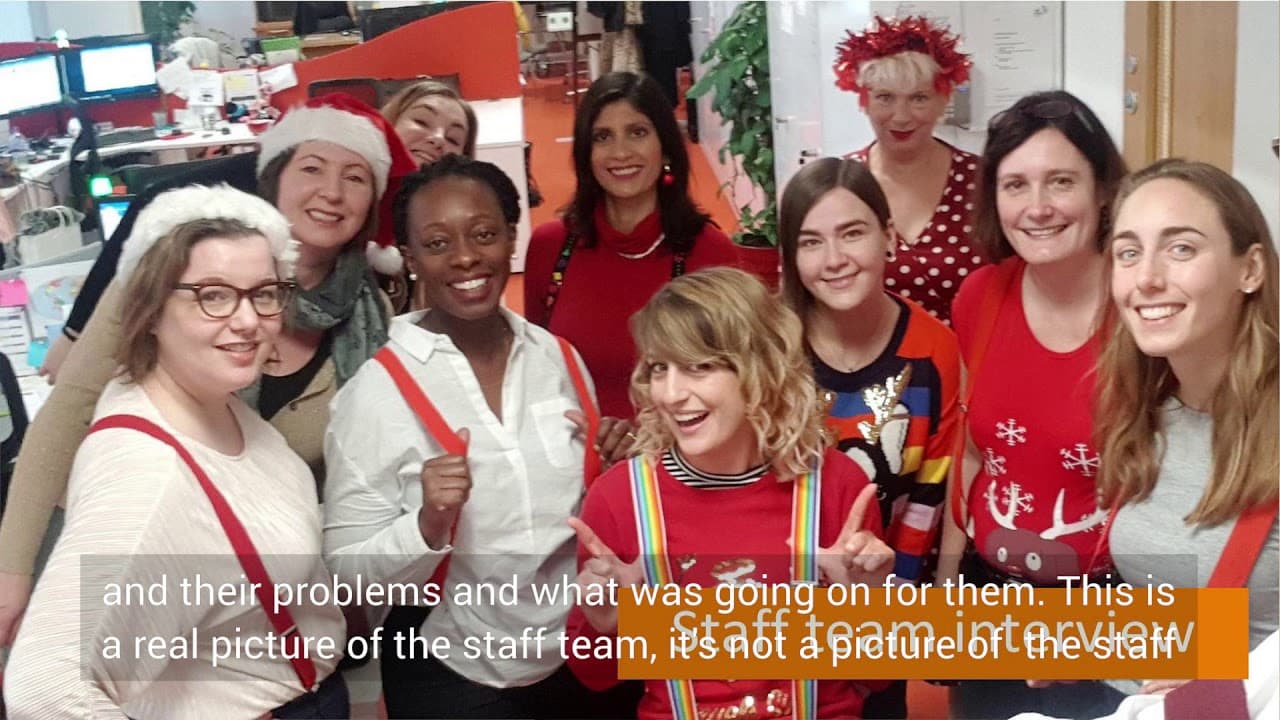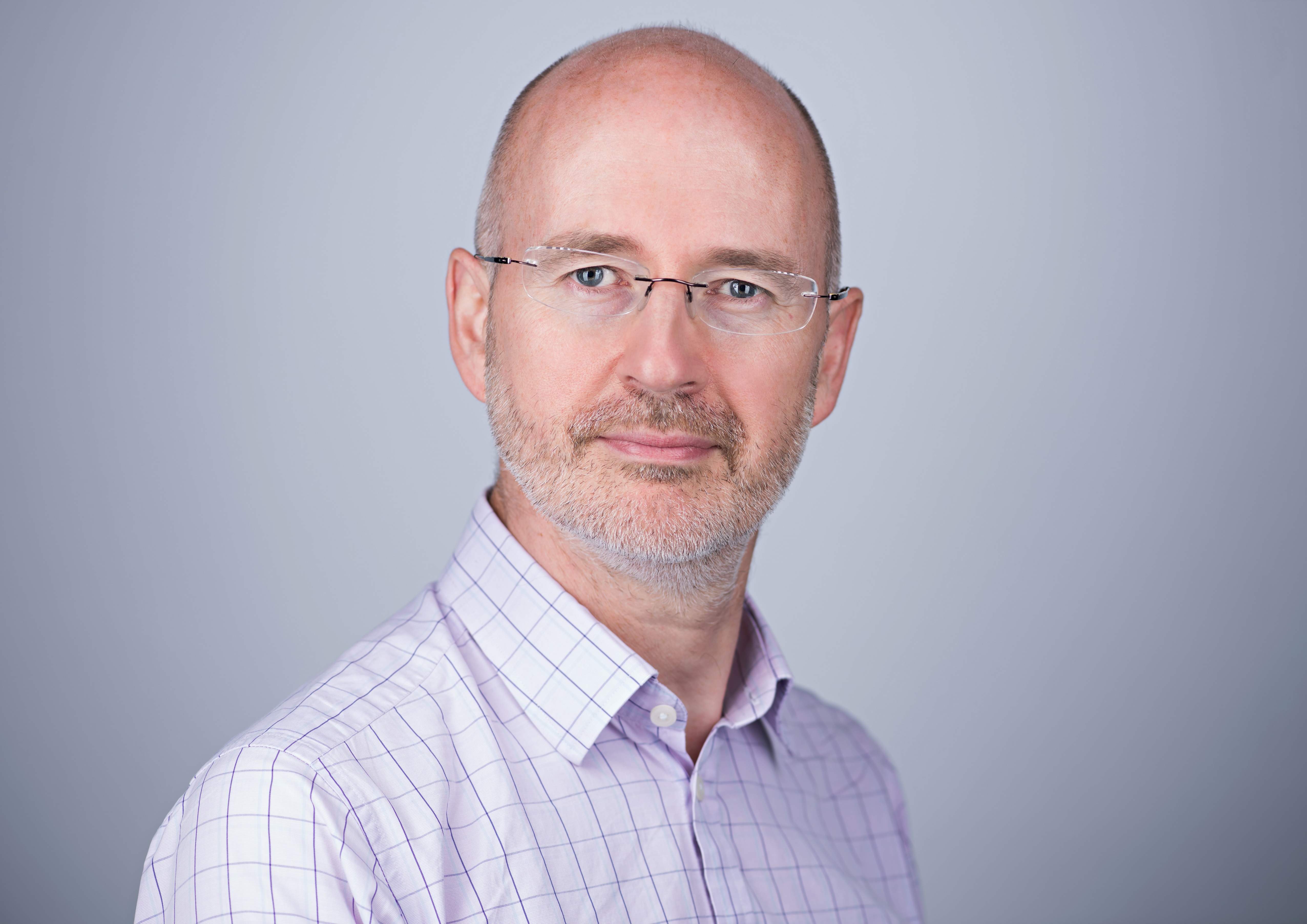Last year, I was sitting in the audience, having just come back from lunch—comfortably full, on the verge of uncomfortably full—trying to refocus on the session. But in my head, I had a secret, one that had been banging around for months.
The secret? Mary Henson, the Chief Executive of the Agile Business Consortium for 22 of its 25 years, was about to announce her retirement. The woman who knew everyone, was loved by everyone, and had been so supportive and welcoming to me when I joined the board, was stepping down. For nine months, only the two of us had known. Now, it was about to become public.
What hit me was a wave of emotions—anxiety at the responsibility of finding her successor, fear that I’d mess it all up, sadness at losing such a core part of the organization, and, strangely, excitement. I had the privilege of finding the person who would take us into the next era.
The Universe Sends Me Jason
With all these emotions swirling, I needed something to ground me in the present. Enter Jason. Jason, are you here? Can you raise your hand? Ah, there he is.
Jason was speaking about hiring for agile development teams, and he made an observation that was both completely obvious and completely profound: While we have transformed the way we work—creating environments of respect, collaboration, autonomy, and empowerment—we have done almost nothing to change the way we hire. This is madness.
Jason’s organization changed that. In their hiring process, they introduced two things that had never been in the interview room before:
- The actual team the candidate would be working with.
- Collaborative exercises and games—tools we use in retros and sprint planning—to inject energy into the process.
Listening to Jason, I had an aha moment. If we are serious about business agility, then the principles that apply at the team level must apply at every level of the organization—including hiring a CEO.
A Moment of Vulnerability
Before I continue, let me be vulnerable for a moment. I am not an HR professional. If you are and want to challenge me later, that’s fine—agile people love HR professionals! But I’m just a guy who has hired some people over a 30-year management career and recruited CEOs for small nonprofits. I am not an expert.
So, let’s be clear: I am not going to tell you how to hire a CEO. I am simply going to tell you how we did it.
What’s Broken About Hiring?
I want to cover three things:
- Why the way we hire is broken.
- What we can learn from agile to make it better.
- Our experience—what we did, how it felt, and what we learned.
The Flaws in Traditional Hiring
Let’s talk about competency-based or behavioral interviews. If you’ve ever been on either side of one, raise your hand. Great. Now keep your hand up if you found that experience holistic and satisfying. Ah, not many hands still up.
Like many, I was trained in competency-based interviews in the 1990s at Capgemini. I was a believer. As a gay man and a campaigner for equality and diversity, I saw it as a way to create fairness and reduce bias. But over time, I became disillusioned.
We moved away from absurd questions like, If you were a washing powder, what brand would you be? But we replaced them with something just as bad—bland, anodyne questions that removed all opportunity for real connection.
For example: Tell me about a time when you demonstrated passion for organizational performance. Candidates who are good at self-promotion will shine, but does this really tell us anything meaningful?
An Agile Approach to Hiring
Competency-based interviews assume that past behavior predicts future behavior. But agile thinking tells us that organizations are not machines. They are complex, adaptive systems. We don’t need fixed job titles and fixed competencies—we need people who will collaborate, cross boundaries, and adapt.
So, how do we make hiring more agile?
- Make space for collaboration. We involved staff, the board, and external business partners in the selection process.
- Make it real. Instead of relying on past behavior, we created situations where candidates could experience the real work of the organization.
What We Did
Step 1: The Strategy Day
We invited our five shortlisted candidates to a strategic away day—midway through the hiring process. Each candidate was a full participant, moving between tables, engaging with staff and board members. By the end of the day, everyone had worked with them.
Step 2: The BBC Interview
We set up a real-world challenge: "You’ve just been appointed CEO. The BBC wants to interview you tomorrow about business agility." The next day, a real journalist called them and asked tough, unscripted questions.
Step 3: Dinner with the Directors
Each candidate had an informal dinner with two directors. The only question we asked: "What’s your story?" This revealed not just what they had done, but who they were.
Step 4: Staff Conversations
On the interview day, staff spent 30 minutes with each candidate—not to ask questions, but to share their challenges. This gave candidates a real sense of the organization’s culture and struggles.
Step 5: Persuasive Talking Task
Each candidate had to give an impromptu talk on business agility to an audience unfamiliar with it—just as they would in the real job.
Step 6: The Sailboat Exercise
Instead of a traditional interview, we used a visual tool:
- The island: Our strategic goal.
- The boat: The organization—where does the candidate see themselves?
- The wind: External forces pushing us forward—how can they amplify them?
- The anchors: Challenges holding us back—how can they help?
- The sharks: Risks—how do they handle uncertainty?
What We Learned
- People are more real when the process is more real.
- This is hard. But hard is good.
- There is time. Even in an interview process, you can build trust.
- Showing vulnerability builds connection.
Final Thought: What’s Your Oil Tanker?
For us, the "oil tanker" we decided to turn around was hiring. What’s yours? What’s the thing in your world that seems too hard to change, but could be transformed with a little agile thinking?
Thank you.



 It is a frequently observed irony that the behavior of agile advocacy bodies often lacks agility.
It is a frequently observed irony that the behavior of agile advocacy bodies often lacks agility.